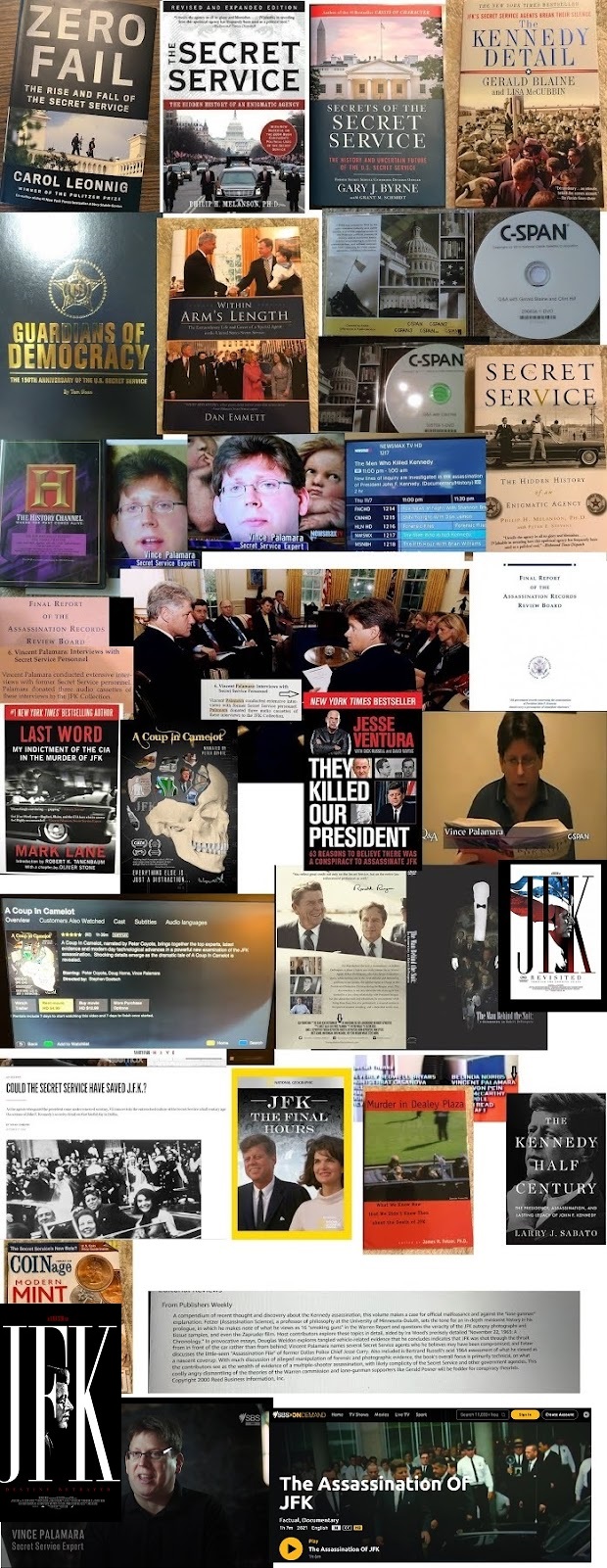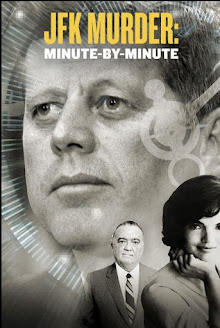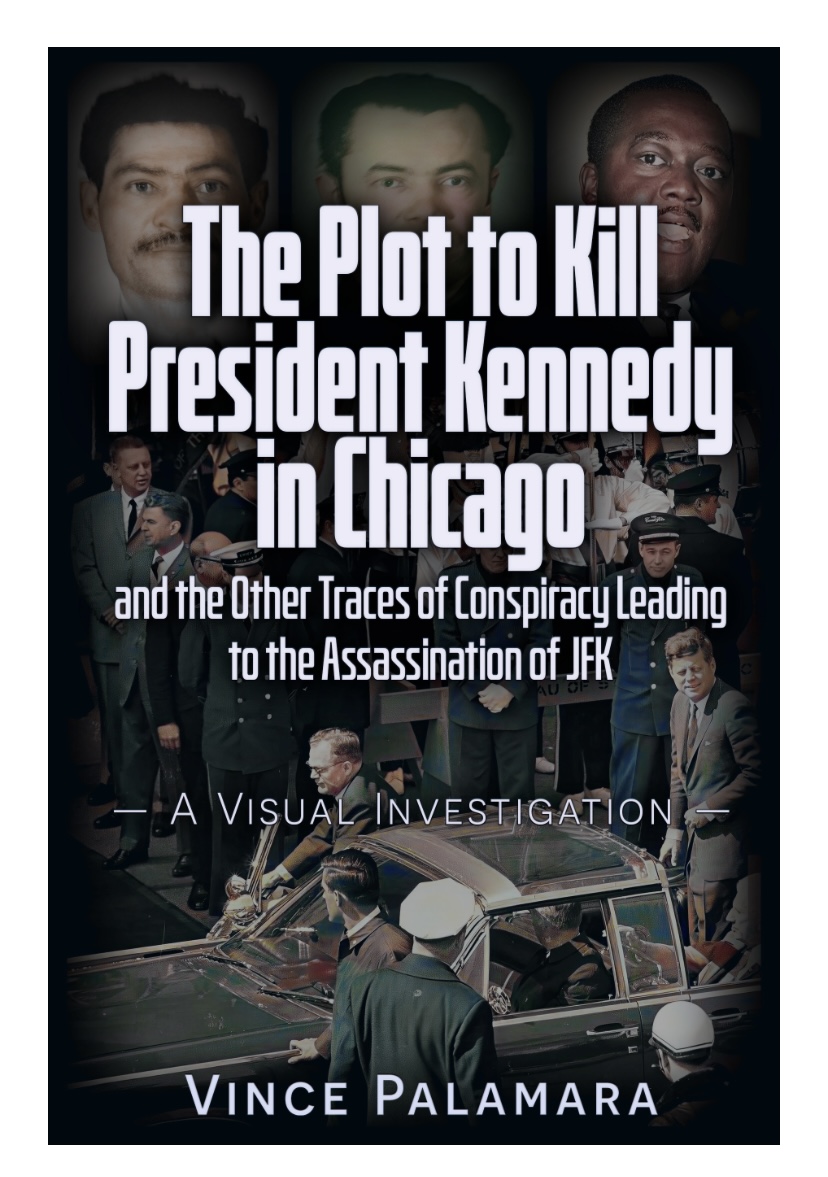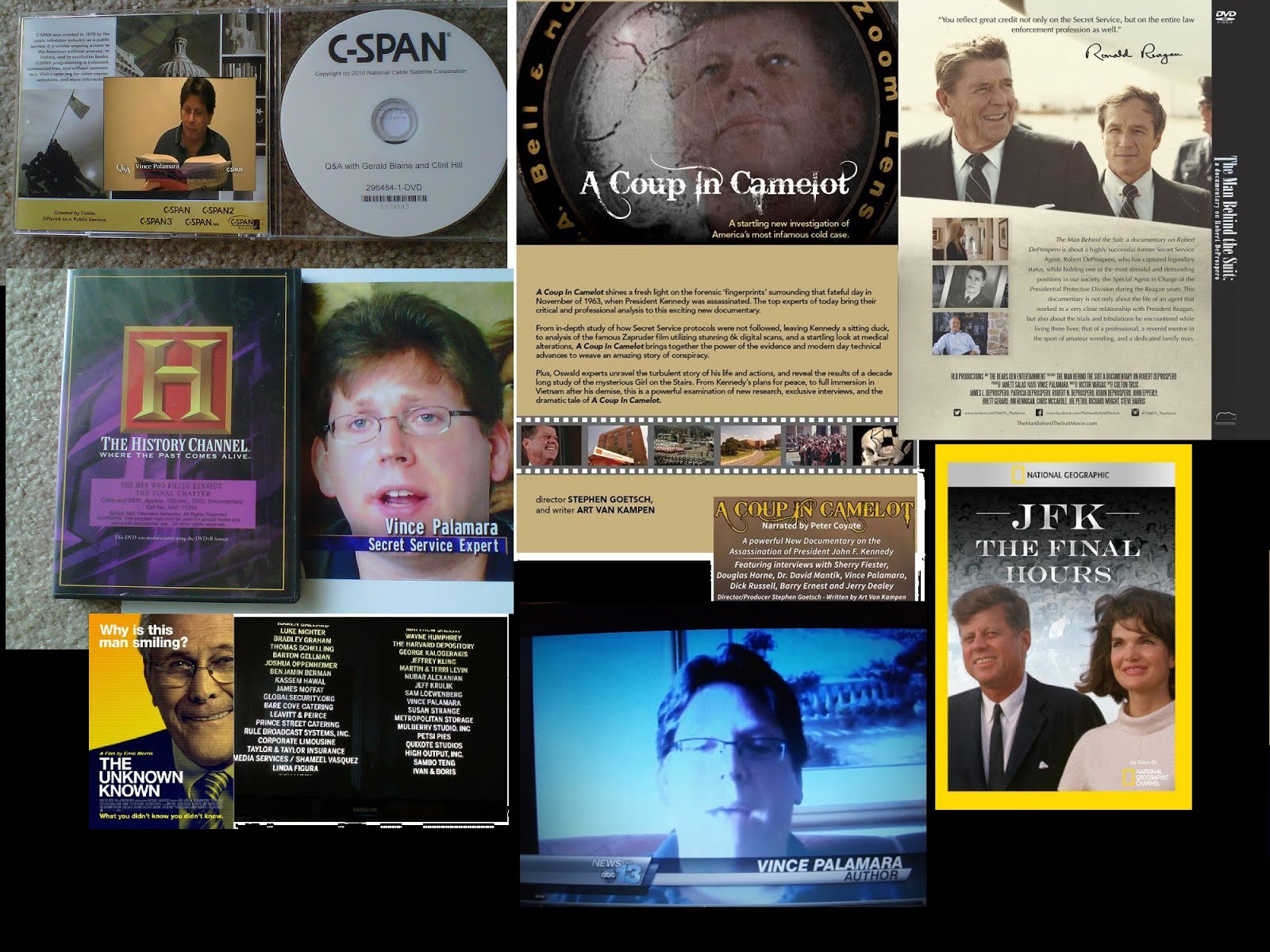by Vincent M. Palamara
| Dr. William Zedlitz's presence at Parkland Hospital on November 22, 1963, was verified by Dr. Martin G. White (Warren Commission, 6H 83): Arlen Specter "And what doctors were present at the time you left the room?" Dr. White "Well, it would be impossible for me to tell you all the people that were there, but I knew Dr. Carrico, Dr. Baxter, Dr. Perry, and Dr. Zedelitz, Z-e-d-e-l-i-t-z (spelling,) -- I know they were there." Specter "Doctor who -- what is his first name?" White "William Zedelitz." Specter "To what extent did he participate?" White "I don't blieve that he did any -- I don't know what he did other than the fact that when I was doing the cutdown he assisted me by just placing some tape over the catheters we used to do this with." Specter "Is he an intern as you are?" White "He is a surgical resident here at this hospital." The reason why no one has ever contacted this witness before, is because Dr. White misspelled his last name! Having just completed a 339-page massively-documented book pertaining to the medical evidence in President Kennedy's assassination (JFK: The Medical Evidence Reference), imagine my surprise when I received in the mail a much-belated letter from one of the Parkland Hospital doctors who was never interviewed before: Dr. William H. Zedlitz. Totally by accident, I discovered the true spelling of his last name, and, through an Internet search of physicians, I was able to locate the good doctor. Having not heard from him, I dismissed my search for him from my mind, until I received his detailed reply to my two questions: 1) Exactly where was JFK's head wound located? 2) How did JFK's throat wound appear before the tracheostomy? Without further ado, here is Dr. Zedlitz's verbatim response, from his letter to me dated 11/4/98: "Dear Mr. Palamara, I received your letter concerning my participation in the emergency treatment of President John F. Kennedy at Parkland Hospital on Nov. 22, 1963. At the time, I was a 2nd year general surgery resident at Parkland Hospital and had just finished an operation and was starting to dictate the operative report when I heard the page operator page Dr. Tom Shires (chairman of the Department of General Surgery) to the emergency room. Since Dr. Shires was not in town at that time, I proceeded to the ER to see what the problem was. As I stepped off the elevator, a man in a suit with a gun asked me if I was a doctor. I replied that I was, and he directed me to trauma room #1. I noticed at this point that the ER was entirely empty of patients (they had been transported to another area by the Secret Service). When I entered the trauma room I was surprised to see to of our staff physicians (Dr. Charles Baxter and Dr. Malcolm Perry) and one of the third year surgery residents (Dr. James Carrico) already there. Dr. Carrico had inserted an endotracheal tube into the President and was trying to ventilate him with oxygen. At first glance the president seemed to be in extremely serious condition as he was not responding to any of the stimuli around him, and obviously had a massive head injury to the right occipitoparietal area (right posterior lateral) of the cranium. This area was a mass of bloody tissue with multiple skin, hair, and bony fragments matted together with blood and brain tissue and covered an area approximately ten by twelve centimeters in diameter. His left eye also seemed to be bulging from his eyesocket. At this point, Dr. Carrico indicated that he was unable to effectively ventilate the patient via the endotracheal tube. Dr. Baxter and Perry immediately began to perform a tracheostomy. Prior to making the incision, it was noted that a small (5mm to 7mm) hole in the front of the neck below the thyroid cartilage was present. This was in the exact location where the tracheostomy was to be performed. Dr. Baxter and Perry decided to do the procedure by extending the transverse incision on either side of this hole so that the tracheostomy tube ended up being inserted in the site of the former hole. I trust this answers your questions regarding the location of the head injury and the appearance of the neck prior to the tracheostomy. Sincerely, William H. Zedlitz, M.D., FACS." Thus, we can add Dr. Zedlitz to the long list of those medical witnesses who noted an occipitoparietal head wound as well as a small throat wound. Too bad it took 35 years to get some of the answers!! [Note from Walt Brown: Having read the Specter-White testimony and indexed it (page 172 of the Referenced Index Guide to the Warren Commission, I took an interest in 'Dr. Zedelitz' as long ago as 1994-1995. I contacted Gary Shaw in Texas, who put me in touch with the doctor, who said basically what he told Vince, and I was not surprised, as Gary Shaw had told me of Dr. Zedlitz's views of the event; from his comments that day, I surmised that he, also, had spoken with the doctor, since he was able to put me in touch with him with such ease. I'm curious if Dr. Zedlitz is pictured with Perry, Carrico, Crenshaw, et al., in the photo section of Crenshaw's book...more to follow if that can be determined.] |










































![VINCE PALAMARA [remember to scroll all the way down!]](https://blogger.googleusercontent.com/img/b/R29vZ2xl/AVvXsEjSZ-Z_puqnjl3UgdiJxBenMyIMaFhmBD-PYQUsxCtFS4UF7dJQB6n32rt9a0ZqFRPmuBoukhrMZxv6LOD9GoUGPiaShO3wj_8xL98obRAsUbIf0mXutzbq7jKDrCp8Y-Y0k9rnS5ARjQQ/s1600/11.jpg)


![CHAPTER 8 OF ARRB FINAL REPORT [I AM IN THIS REPORT, AS WELL]...HMMM---THE SECRET SERVICE DESTROYS](https://blogger.googleusercontent.com/img/b/R29vZ2xl/AVvXsEimGbOuG69gW-cgAbsfjd8p8PD-subznIjcsQXUSFq560o_kiXunf9TcH0fkOqmWuK73id6m5TyVMhWcfBrPUEee6JLbvqNZKdIVQa5Drcz568Ue6GZdf_PUtLuLwPDcucv3gOn5KGBZPw/s1600/DSCF0462.JPG)




No comments:
Post a Comment